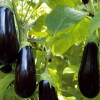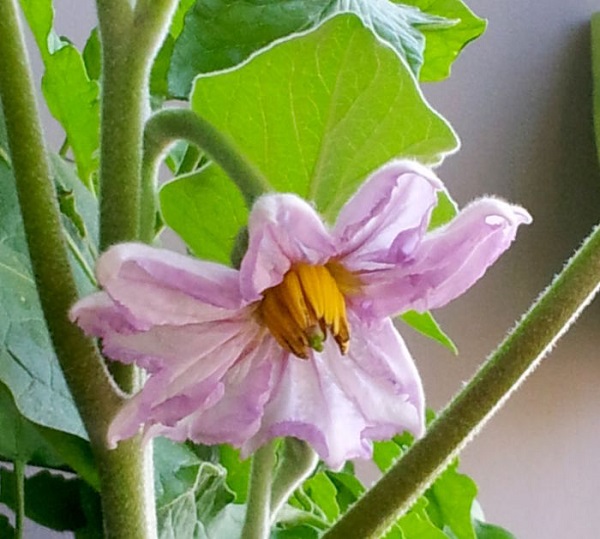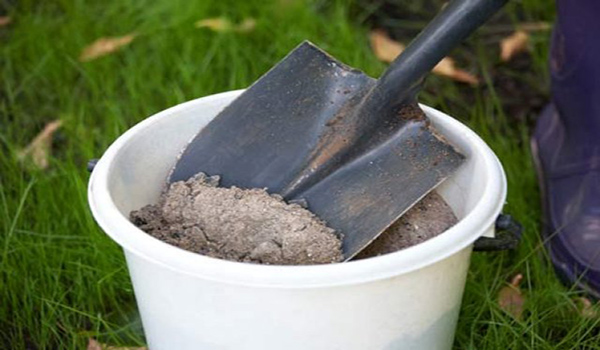How to feed eggplants for a bountiful harvest
Content
When to feed
The first step is to figure out when you can make top dressing so as not to harm the eggplants. For the entire period of growth from planting seeds to the flowering period, 3-4 additional fertilizing will be required. The last, fourth, is usually used during fruiting to support the plant with nutrients that positively affect the formation of large and healthy fruits.
The first weighty feeding occurs on the 20th day from the moment of the formation of strengthened shoots. During this period, the root system of the vegetable is already sufficiently developed to be able to absorb all the useful trace elements and assimilate them. It is this top dressing that accelerates the growth of eggplant, allowing them to quickly gain green mass and allow the seedlings to be transplanted to the garden bed.
The second occurs when plants are planted in a greenhouse or open field. It allows eggplants to quickly get used to the new environment, increases their immunity to diseases and temperature changes. At this stage, the plants continue to gain green mass in preparation for future fruiting.
The third feeding is carried out shortly before the formation of inflorescences. The formation of a large number of fruiting inflorescences requires the maximum return from the plant, therefore, without replenishment, it will either not cope with this task, or it will give few flowers.
The fourth and last feeding falls on the eggplant fruiting period. It is better to carry it out, since it will have a beneficial effect on the shape, weight, and taste of the fruit.
Video "Natural fertilizer for eggplant"
Experienced gardeners share their secrets on how to prepare natural eggplant fertilizer.
Top dressing recipes
Now is the time to go directly to the recipes for fertilizing when growing eggplant. Conditionally, they can be divided into: plants that strengthen immunity, contribute to the collection of green mass, support during heavy loads or diseases.
For the first feeding, you can use the following formulations. They are used both for vegetables growing in the greenhouse and for those who live in the open field.
Recipe 1: 30 g of potassium nitrate is mixed with 10 g of superphosphate, diluted in 10 liters of water. The resulting solution is used for strengthening and landscaping the eggplant, especially if the leaves have begun to fade or turn yellow.
Recipe 2: 30 g of foskamide, 15 g of superphosphate, 15 g of potassium nitrate are diluted in 10 liters of water. No more than 1 liter of solution can be applied under the bush.
Recipe 3: 1 teaspoon of ammonium nitrate is mixed with 3 tablespoons of superphosphate and 2 tablespoons of potassium sulfate, diluted in 10 liters of water.
For the second feeding, you can use complex fertilizers produced in powders or granules, mix the fertilizer yourself or limit yourself to folk remedies.
Recipe 1: 20 g of the drug "Kristalon" or "Kemira-Lux" is diluted in 10 liters of warm water, immediately used.
Recipe 2: 65-70 g of superphosphate is mixed with 30 grams of potassium salt, diluted in 10 liters.
Recipe 3: 10-15 g of dry yeast is diluted in 10 liters. warm water, insist 12-16 hours, stirring regularly. Before use, dilute the solution 1:10.
Recipe 4: 1 liter of mullein infusion is mixed with 1 glass of ash, 0.5 liters of chicken manure extract and 10 liters of water are added. Before use, you can dilute the mixture 1: 5.
When the eggplants are about to bloom, it is important not to let their vegetative processes slow down. At this time, it is important to monitor how vegetables grow (both in the greenhouse and in the open field): if the plant does not look emaciated, its leaves do not turn yellow, do not wither, then you can reduce the concentration of mineral fertilizers, instead using organic compounds; if the plant just got sick or got sick, grows poorly, then comprehensive support will be needed in all directions.
Recipe 1: 20 g of urea, 30 g of superphosphate, 10 g of potassium chloride are dissolved in 10 liters of water. It is advisable to dilute the solution 1: 5 before use.
Recipe 2: 1 liter of mullein infusion is mixed with 500 grams of chopped leaves and stalks of nettle, 100 g of wood ash. The mixture is poured into 10 liters of water, set aside in a warm, dry place for 5-6 days, stirring regularly. Strain before use. The raw material can be used to mulch the soil.
Recipe 3: 1 liter of mullein infusion is mixed with 0.5 liters of chicken manure extract in 10 liters of water. The mixture is diluted 1: 5, no more than 1 liter of solution is poured under one bush.
Fruit formation is the most energy-intensive process when grown both outdoors and in a greenhouse, so it is worth helping the plants cope with it.
Recipe 1: 40 g of superphosphate is diluted in 10 liters of water, the plant is watered every one and a half weeks.
Recipe 2: 0.5 l of chicken manure extract is diluted in 10 l of water, 10 g of dry yeast, 0.5 l of stalks and leaves of nettle are added. Insist 3-4 days, stirring the mixture thoroughly. Dilute 1:10 before use.
Fertilization rules
The main rule when growing eggplant in the open air or in a greenhouse is not to overfeed. An overabundance of fertilizers has a bad effect on the condition of plants, leading to the fact that they abundantly grow stems and leaves, but at the same time they practically do not produce inflorescences or fruits. Not only does this make it difficult to grow a rich harvest, it also negatively affects the taste of the vegetable, introducing a bitterness that everyone does not like.
It is important to understand that foliar feeding should be done with full understanding of what you are using and why. So, for example, when fertilizing the soil in a greenhouse before planting, do not use humus, compost, mullein in the future, since this will only harm the plants, and it will add hassle to you when growing. When fertilizing the culture, make sure that the substance does not get on the leaves or fruits, wash off all drops!
Growing eggplant is associated with abundant feeding with nitrogen, forsfor and potassium. Don't let the plant lose anything from this list. Moderate weekly feeding is the best choice when growing eggplant.
Video "How to feed eggplants"
This video tells about an effective fertilizer that is used to feed eggplants.







